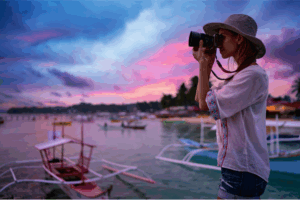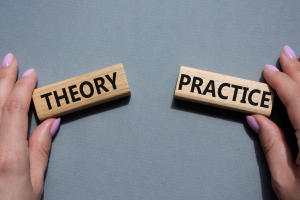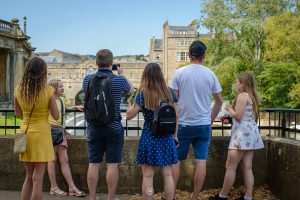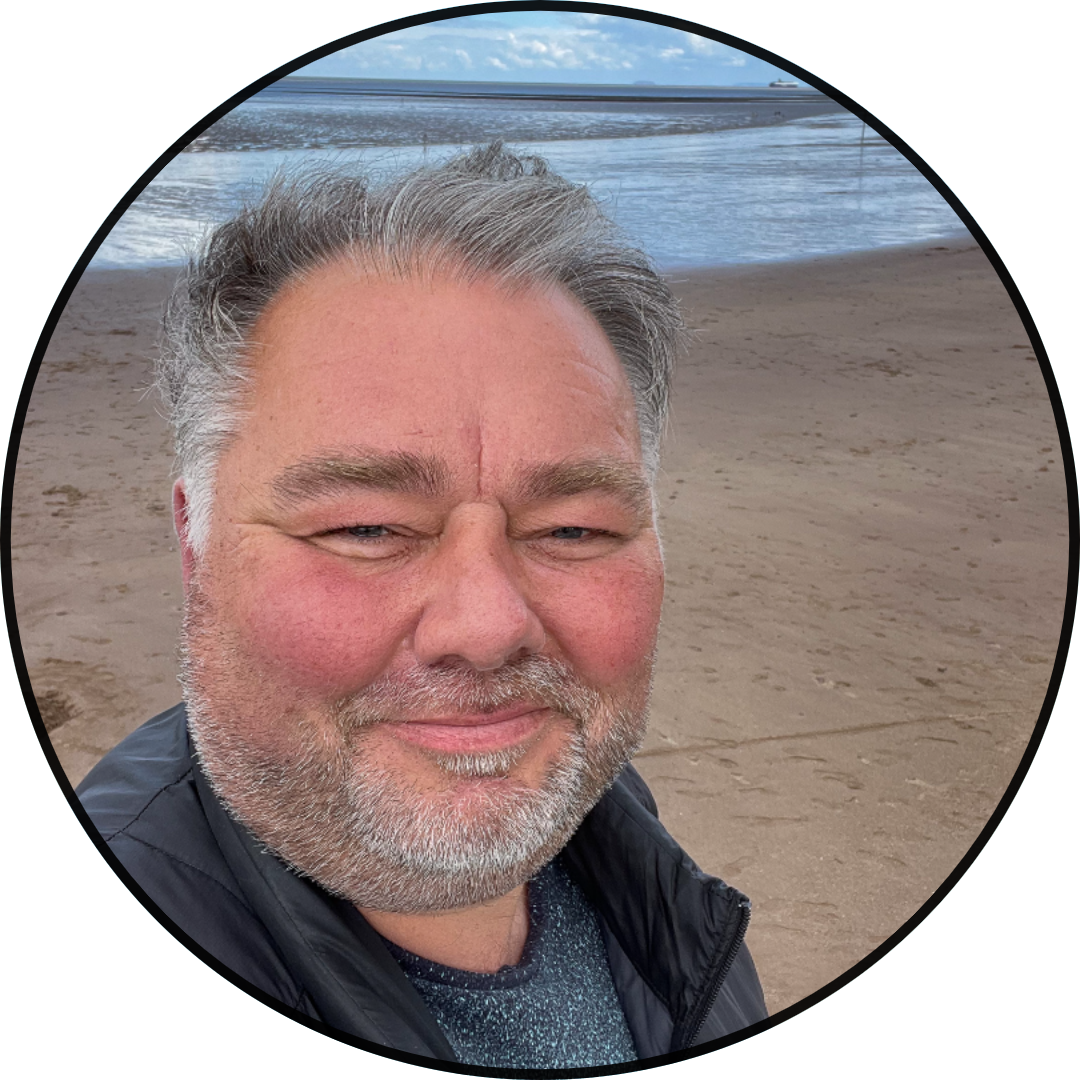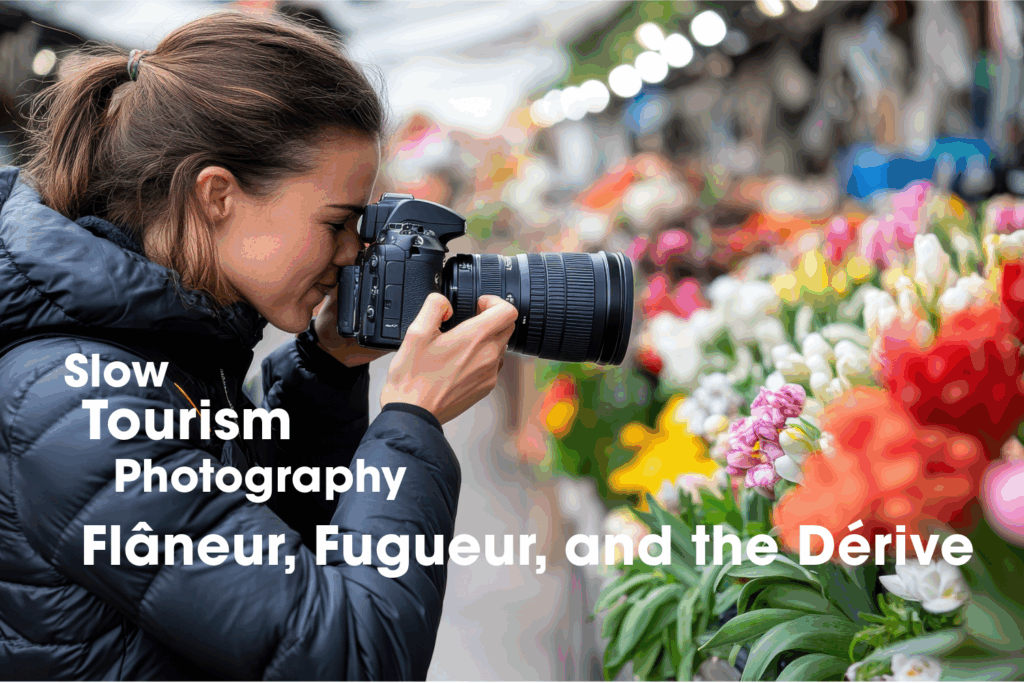
Image © luengo_ua
In the age of algorithmic travel and curated destinations, slow tourism stands as a quiet act of resistance – an embrace of the unhurried, the unnoticed, and the unresolved. When combined with photography, it becomes a powerful methodology for seeing, not just looking. But within this thoughtful approach lie deeper conceptual tools: the flâneur, the fugueur, and the dérive. Each offers a distinct but overlapping framework for engaging with place and presence.
The Flâneur: Observing with Purposeful Detachment
Coined in 19th-century Paris and brought to philosophical prominence by Baudelaire and later Walter Benjamin, the flâneur is the urban wanderer—an observer of the modern city, a recorder of fleeting life. The flâneur strolls, not to arrive, but to witness. This detachment allows for a reflective, almost poetic interpretation of urban experience.
As a photographer practising slow tourism, you step into the shoes of the flâneur. You observe the choreography of street life, attuned to subtle visual rhythms: the quiet symmetry of architecture, the interplay of shadow and light, the gestures of strangers passing by. Your camera is your sketchbook, your images are essays in attentiveness. The flâneur sees the city as text, and photography becomes the act of reading—and rewriting—it.
The Fugueur: The Unconscious Walker
The fugueur—born from the medical discourse of the 19th century—is a figure who walks not out of leisure or intent, but from a compulsion. Their journeys are often unconscious, untraceable, and disoriented. Though rooted in pathology, the concept speaks to the tension between wandering and identity, between displacement and discovery.
In slow travel, especially when working with memory, history, or trauma (as might be the case in Normandy), this fugue state becomes metaphorical. One might find oneself walking not just through geography, but through time, silence, and personal memory. Photography in this mode is less documentary and more introspective, even dreamlike – concerned with fragments, echoes, and erasures. Audio, too, becomes more ambient, abstracted, conveying the disorientation and poetry of unanchored movement.
The Dérive: Drifting with the Urban Current
The dérive – popularised by Guy Debord and the Situationists—invites us to drift through urban spaces, following emotional or sensory cues rather than maps or plans. It’s not wandering without purpose, but redefining purpose through immersion. The dérive is about breaking routine, resisting the commercialised script of the city, and discovering its hidden psychogeographies.
For a photographer on foot, the dérive is both method and metaphor. It asks you to relinquish control and follow intuition: a flash of colour down an alleyway, the pull of music from a side street, the lure of movement in peripheral vision. The camera captures these moments of serendipity. Layered with audio—chance conversations, environmental noise, transient soundscapes—the dérive transforms into a multi-sensory diary.
Integrating the Three into Your Journey
As you travel from the start point to your destination and beyond, each of these archetypes offers a lens through which to view your practice:
- As flâneur, you frame the social, the visible, the momentary.
- As fugueur, you explore personal geographies—memory, dislocation, solitude.
- As dérivant, you surrender to instinct, curiosity, and the unpredictability of place.
These modes are not rigid roles but fluid states, shifting as you walk, see, feel, and record. Together, they elevate slow tourism from a lifestyle choice to an aesthetic and political act—an embodied way of making sense of the world, and of contributing to its archive.

